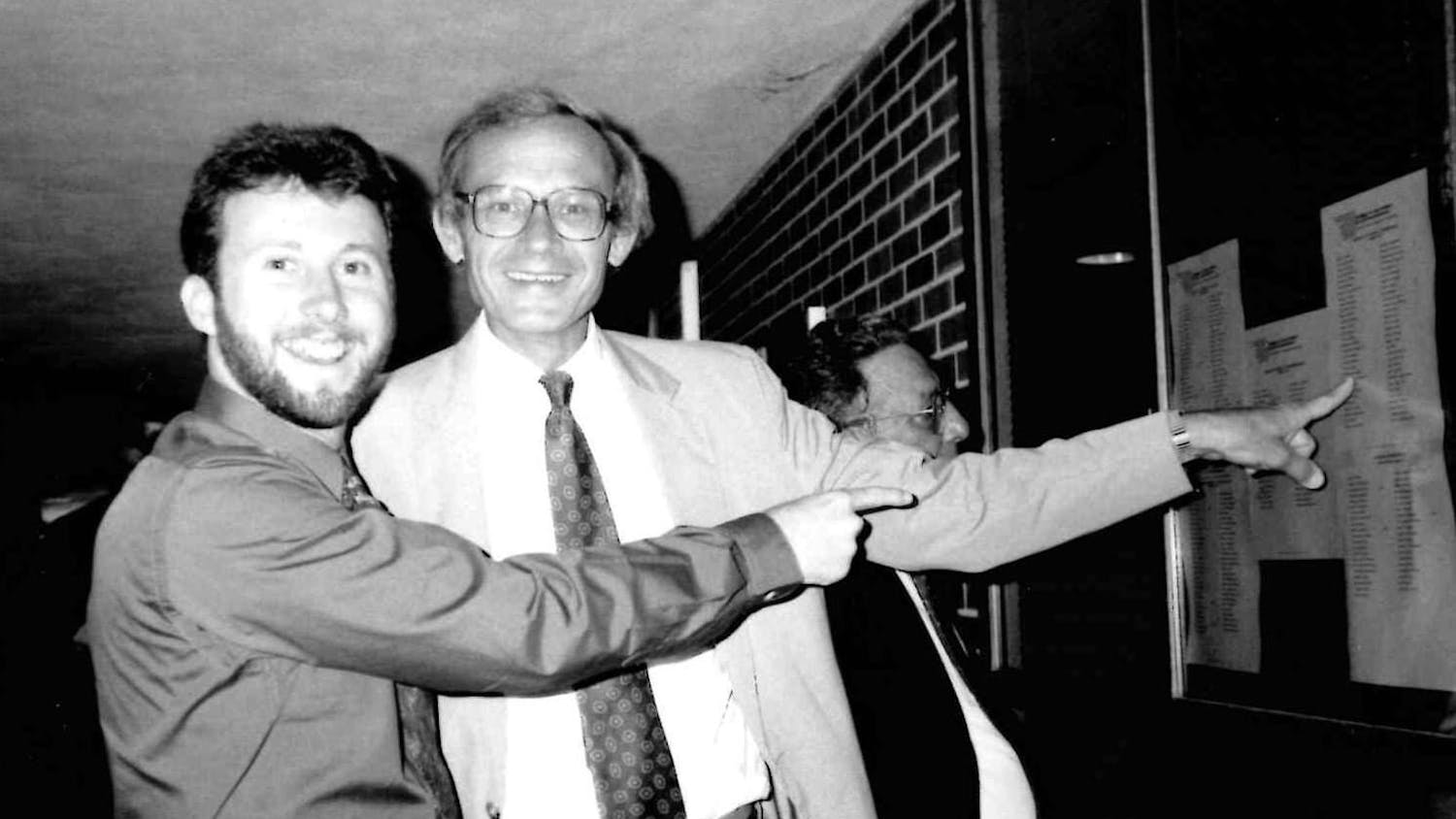A journalist’s job is to seek truth. Sometimes, that truth can be uncomfortable or shocking. In tragic events like Saturday’s shooting in Nairobi, Kenya, reality is simply horrifying.
Somali terrorist group al Shabaab stormed an upscale shopping mall and shot at civilians ranging from ages 2 to 78.
The New York Times staff photographer Tyler Hicks was nearby when the terrorists attacked. He was able to enter the mall with police forces and photograph the chaos. Kenyan security forces evacuated more than a thousand people, but on Sunday, the gunmen held dozens hostage. The death toll by Sunday night after a military siege was 68, though many more were injured in the attack.
Hicks' photographs were published Saturday on the New York Times website and printed in Sunday’s paper. The Pulitzer Prize-winning photographer has captured moments of violence around the world — from the war in Afghanistan to volatile areas of Pakistan.
On Saturday, he and his wife were off duty. But when hell broke loose, he was right in the middle, because that’s the way of the trade.
The pictures he shot are a testament to his talent and sensitivity as a photojournalist. Documenting poignant moments in the worst scenarios is what he does best, and he shouldn’t be criticized for it — he should be lauded.
However, the images that were published by The New York Times have spurred outrage among readers, fellow journalists and academics. Some say Hicks excelled as a journalist when he embedded himself with police and exposed himself to danger on Saturday.
However, they frown at the decisions made back at the desk. Should the editors of The New York Times, a beacon of American journalism, have picked out these photos more carefully?
On Saturday, the families and friends of people who died at Westgate Mall would have been able to see their loved ones, fully recognizable, on the homepage of the Times.
Michael Deibert, a journalist who has covered conflict in the Democratic Republic of Congo, Haiti and Mexico, is no stranger to death or violence. He was disturbed by the Times’ editorial decision and hinted that American journalism has adopted a double standard for when we do or don’t show graphic images.
An excerpt from his letter to the public editor of the New York Times, published on his blog:
“Quite honestly, as a journalist who has reported on conflict for going on 14 years, I was shocked and dismayed by this. Would The New York Times run photos of blood-soaked dead white Americans after one of the many mass shootings that occur in the United States? I doubt it.”
American media publishes and circulates graphic images, but does our sensitivity change according to the proximity of horror?
Journalists learn that respect for the deceased and their families is paramount when telling a story. But in light of the editorial decisions of The New York Times, I can’t help but feel that dignity has been overlooked.
I can’t say that The New York Times was wrong to publish the pictures, but as a reader, I struggle to come to terms with the emotional factor of this choice.
Bad things shouldn’t be sanitized, but there is a line that when crossed is simply bad taste. As an aspiring journalist, I see this decision as a portrait of the industry today — and what’s to come in the future.
Daniela Guzman is a UF journalism senior. Her column appears on Mondays. A version of this column ran on page 6 on 9/23/2013 under the headline "Photojournalists preserve dignity of death"




